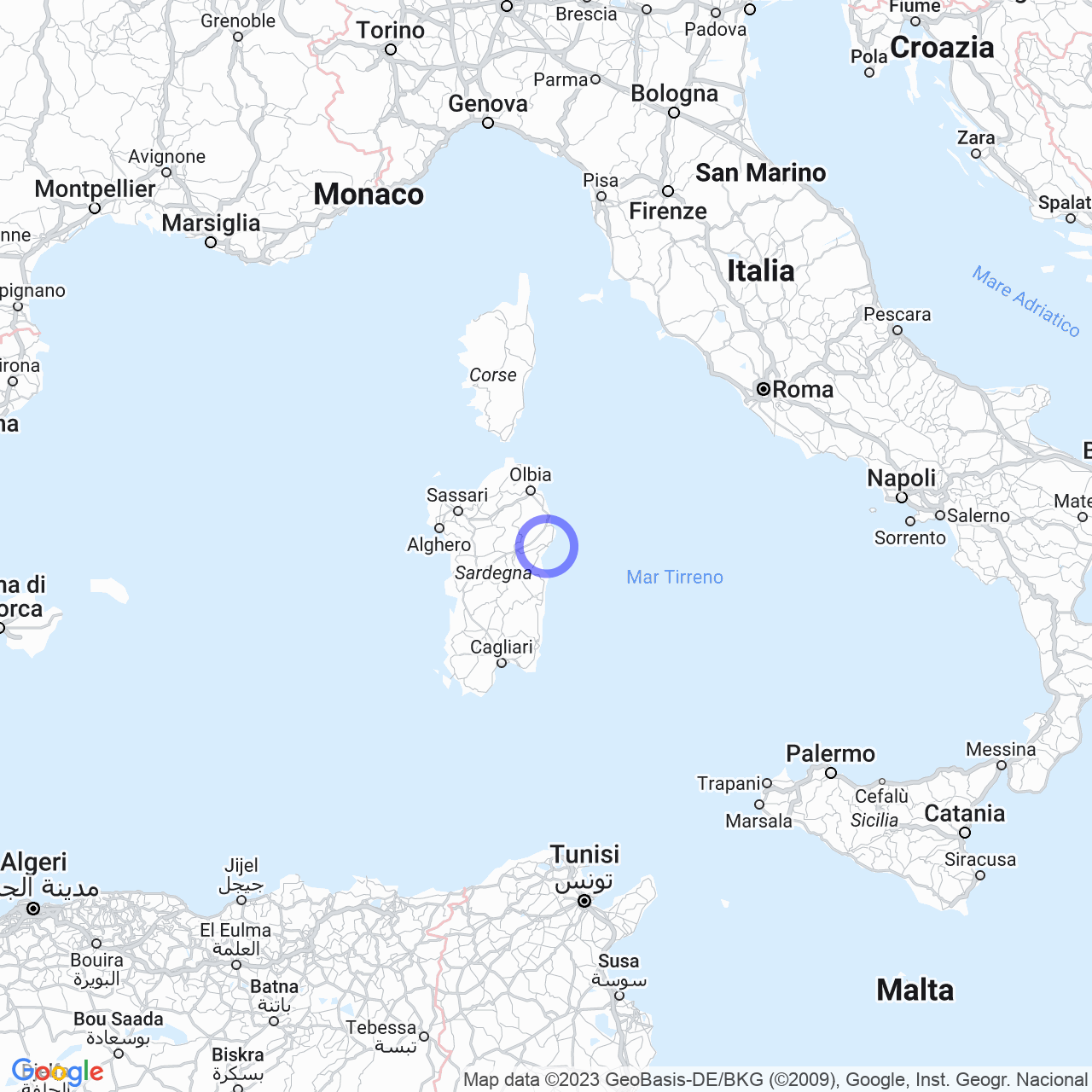Sos Alinos
Sos Alinos: the history of the village in Orosei
Sos Alinos (also known as "Gli Ontani" in Italian) is a village in the municipality of Orosei, located about 9 km from the town center. Despite not being directly on the sea, its proximity to the SS 125 makes it the center for the neighboring seaside resorts, which are about 10 km away from Orosei.
The area of Sos Alinos was originally characterized by the rhythm of agricultural and pastoral life and counted only 35 rural dwellings before the inauguration of the village in 1962. This changed thanks to the "Cassa di Mezzogiorno", which funded the creation of a small rural village to revive the depressed areas of the island.
However, the real impetus for tourism in the area came from the decision of the Orosei town council in 1956 to sell the first lots of Cala Liberotto at a "political price" for tourist buildings. This was the first step towards the tourist horizon that made Cala Liberotto and Cala Ginepro the main tourist resorts on the eastern coast of Sardinia.
Although the rural vocation of Sos Alinos is still present thanks to some agro-zootechnical companies managed by the descendants of the pioneering inhabitants of the village, it has mainly become a holiday resort.
Monuments and places of interest in Sos Alinos

Religious architecture
One of the main monuments in Sos Alinos is the modern parish church of Sant'Antonio Abate.
Places of natural interest
Sos Alinos is very close to the villages of Cala Liberotto and Sas Linnas Siccas, sharing with them numerous areas of natural beauty. Long pine forests, beaches, and the Bidderosa natural reserve make the area ideal for outdoor activities and ecotourism.
Conclusions
Sos Alinos is a characteristic and charming village in the municipality of Orosei, ideal for those seeking a holiday in contact with nature. Its beaches, pine forests, and the Bidderosa natural reserve make it a perfect destination for ecotourism. Additionally, the modern parish church of Sant'Antonio Abate is a monument of considerable architectural interest. The history of Sos Alinos and its evolution from a small rural village to a renowned tourist destination represents an important aspect of its cultural identity.
